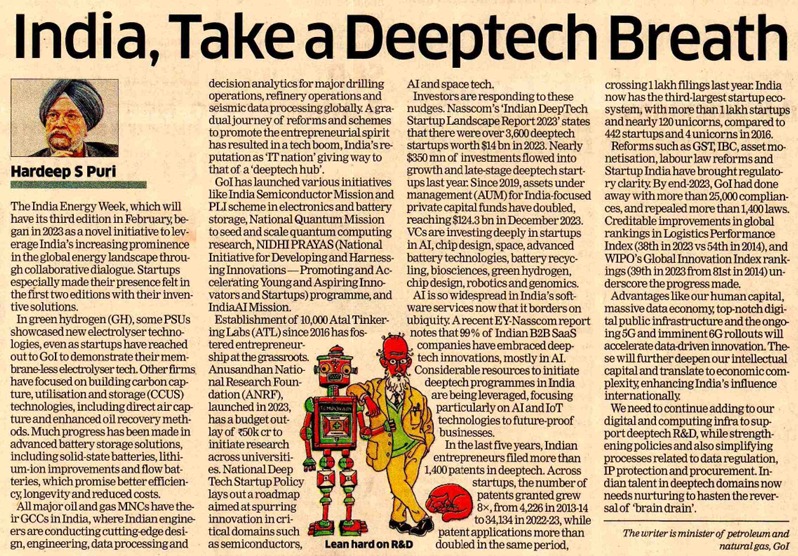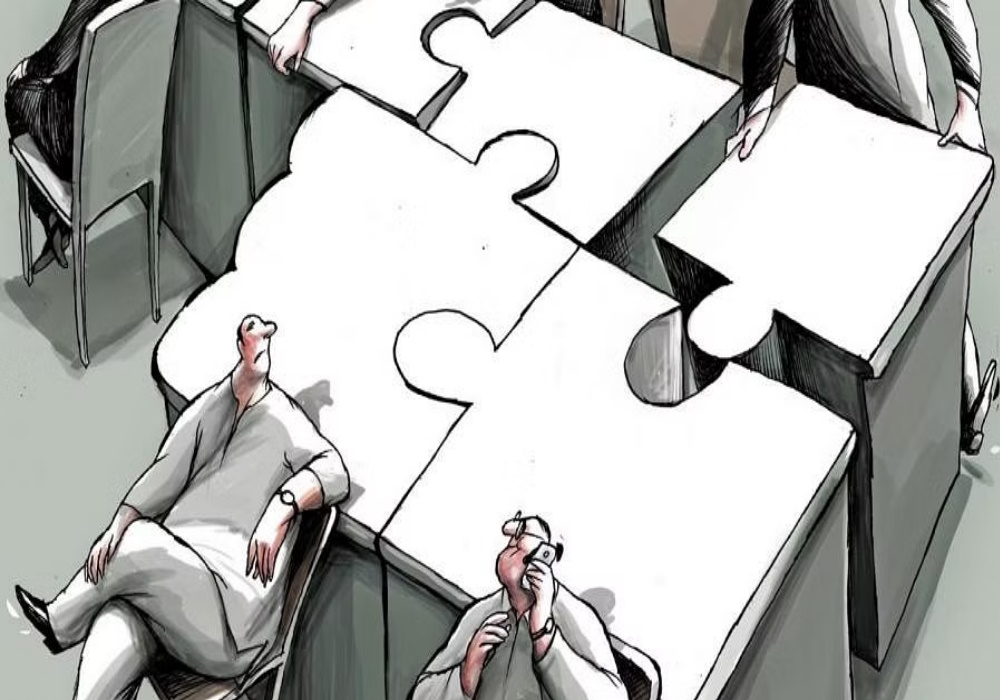The Narendra Modi government has been taking various measures to protect Indian consumers from international oil and gas price volatility. Despite a staggering increase of 228 per cent in international gas prices between January 2021 and February 2023, the increase in CNG prices in India has been restricted to 83 per cent — only about a third of the global increase. Politically motivated naysayers, in their haste to criticise rising prices, fail to see how well India has done to shield its citizens from extreme price volatility in comparison to other major economies.
Farsighted governance through proactive measures such as increasing domestic Administered Price Mechanism (APM) gas allocation and diverting gas from non-priority sectors to transport and domestic segments has made this possible. The recent Cabinet decision to approve a series of critical APM gas pricing reforms will further advance this objective. These reforms achieve two major goals: First, to protect Indians from extreme price volatility and to provide clarity for planned capex investments in gas-based sectors; second, to promote more innovation and investments in exploration and production (E&P).
The need for this set of rationalisation and reforms (R&R) arose from the limitations of the New Domestic Gas Pricing Guidelines, 2014, which, until recently, determined APM prices based on the volume-weighted average price of gas at four international hubs. The transmission of these prices came with a significant time lag (6-9 months) and contained high volatility even as two producer countries’ gas hub prices had lost their relevance in the last few years.

The India Energy Week, which will have its third edition in February, be- gan in 2023 as a novel initiative to lev- erage India's ...

Unprecedented measures have been taken in the last 10 years to improve the welfare of the Sikh community and redress long-standing...

Several initiatives by the government have ensured that citizens do not bear the brunt of price increases. Naysayers want to ignor...

A pragmatic and balanced strategy has helped India to keep prices of petrol, diesel and gas under check....

DOMINANT narratives are often presented as an objective truth. ...

There is talk brewing once again of a grand political alliance in 2024 against the Modi government. ...

As the world’s fastest-growing major economy with rising energy needs, India will account for approximately 25% of global energy...

As the world’s fastest-growing major economy with rising energy needs, India will account for approximately 25 per cent of the g...

The inaugural event of the Urban 20 Engagement Group was held in Ahmedabad on February 9-10, 2023....